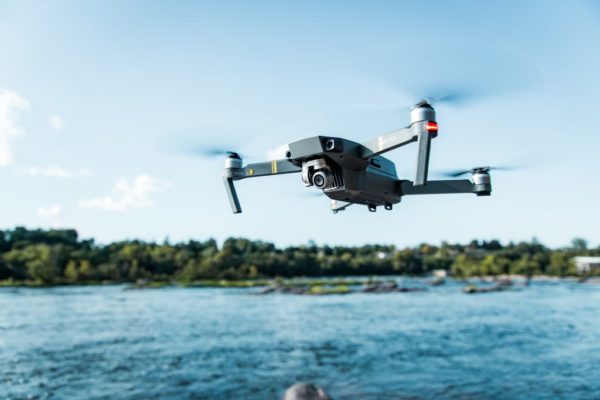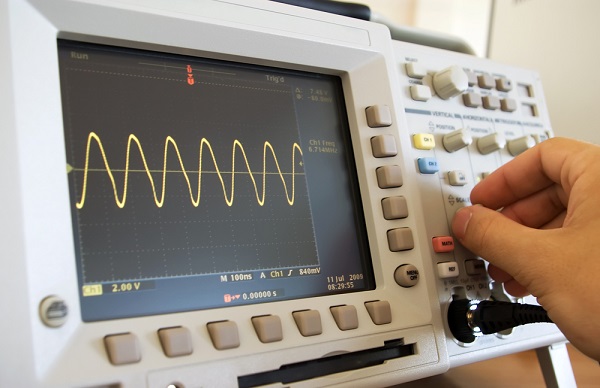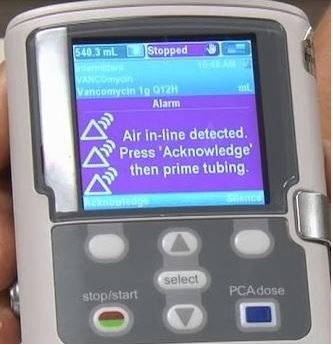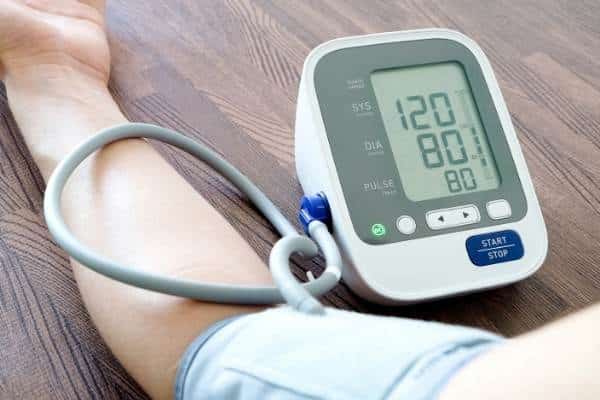
Could Drones Be the Future Of EMS?
Within the last few years, drones are becoming widely accepted across industries, especially in law enforcement, rescue, and fire operations. They have helped combat the challenges of insufficient human resources and brought about speedy emergency responses. Although this technology has terrific benefits, it is still a long way from complete implementation.
The 2017 hurricane relief efforts displayed a massive breakthrough. Fire departments used these drones to assess the structural integrity of buildings, rescue crews relied on them for aerial surveillance,and search and rescue teams used them in sending thermal imaging-equipped drones to find avalanche victims.
Drones provide more accessible avenues to deploy rescue personnel even to remote areas. In many events, they are capable of accessing small spaces and can be used in low visibility areas. Drones add an immense wealth of value to the EMS and fire world.
The Problem with Implementation
Using drones as certified EMS equipment may be a bigger hurdle than expected. There are many associated risks, and drones are expensive equipment. They also require a particular set of skills and an equally dedicated mindset to manage them safely. Therefore, a massive investment is necessary to procure these drones and train personnel.
Healthcare facilities are slow to invest in drone technology; they are more concerned with replacing their equipment for upgraded versions. For drones to become certified EMS equipment, more risk will have to take place. Additionally, there is the challenge of working with drones alongside other EMS personnel who may not be informed on the proper safety precautions of operating other aircraft in the same environment. An example is the California wildfire of 2015, where aircraft were forced to land due to drone interference. Collisions with a drone can cause catastrophic damage to aircraft.
There are strategies already in place with regards to training and purchasing of drones as legislation evolves and more opportunities created for the use of drones. It is already widely acknowledged that drones can play a very crucial role in search and rescue operations. Ultimately, it can help save more lives if used correctly. But currently there are plenty of bugs to work out before the benefits can be seen.




